
3 mistakes when washing rice that many people make because of "convenience" that poi.son the whole family
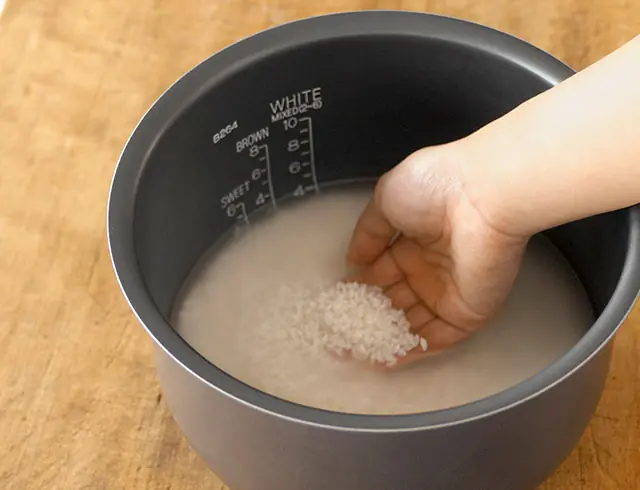
Three Harmful Rice Washing Habits That Seem Harmless but Can Affect Your Health
Many people think that washing rice is a simple, even beneficial task—enhancing flavor and preserving nutrients. That’s why even experienced homemakers continue to make these common mistakes for decades without realizing the potential harm.
According to Dr. Tan Dunci (Taiwan, China), small actions like rinsing or soaking rice can have serious health impacts if done incorrectly. Below are three common mistakes that should be avoided as soon as possible:
1. Washing Rice Directly in the Inner Pot of a Rice Cooker
Many households pour rice directly into the rice cooker’s inner pot and rinse it there for convenience. However, this seemingly harmless habit can be highly damaging.
Associate Professor Leung Ka-sing (Hong Kong Polytechnic University) warns that rubbing rice inside the inner pot can scratch its non-stick coating. Once this layer is damaged, the exposed metal underneath can oxidize and release harmful substances like PFOA—a compound that can remain in the human body for up to 3 years. PFOA has been linked to thyroid disorders, hormonal imbalances, high cholesterol, and even cancer. The U.S. Environmental Protection Agency (EPA) classifies PFOA as a possible carcinogen and notes its harmful effects on the immune system when accumulated over time.
Better alternative: Wash rice in a clean plastic bowl or colander before transferring it to the rice cooker pot for cooking.
2. Skipping the Rice Washing Step Entirely
Some people believe that pre-packaged rice is clean enough or worry that rinsing will wash away nutrients, so they skip the washing step altogether. However, this can be a serious mistake.
Dr. Tan Dunci points out that the outer layer of rice grains can still carry dust, pesticide residues, bacteria, or even heavy metals like arsenic. If not washed off, these contaminants go straight into your body with the cooked rice. The World Health Organization (WHO) has warned that inorganic arsenic—often found in rice—is a known carcinogen that can affect the liver, kidneys, and nervous system if consumed over time.
Tip: Regardless of how “clean” the rice appears, always rinse it gently 1–2 times to remove surface impurities. No need to scrub hard—but don’t skip this crucial step.
3. Soaking Rice for Too Long
To make rice softer or shorten cooking time, some people soak it before or after rinsing. While this can improve texture, excessive soaking—especially in warm weather—can cause health issues.
Dr. Tan Dunci warns that soaking rice too long at room temperature, especially in hot and humid conditions, encourages the growth of bacteria, mold, and toxins. One of the main concerns is bonkrekic acid, a toxin that can form during rice fermentation and cause severe digestive issues and metabolic problems. Long soaking periods also turn rice water into a breeding ground for bacteria, especially if it sits for over an hour at room temperature.
Safe soaking guidelines:
-
For regular white rice, soak no more than 5 to 30 minutes.
-
For brown rice, soak for up to 60 minutes max.
-
If soaking is necessary, store rice in the fridge in a sealed container to limit bacterial growth.
Conclusion:
Rice is a staple in many households, but even small missteps in handling it can have a big impact on your health. Avoid washing rice in the rice cooker pot, never skip rinsing, and don’t soak rice too long—especially at room temperature. With just a few mindful habits, you can keep your meals both delicious and safe.
News in the same category


Thy.roid Can.cer Is a Silent Threat: 6 Groups of People Are at Higher Risk and Must Be Cautious
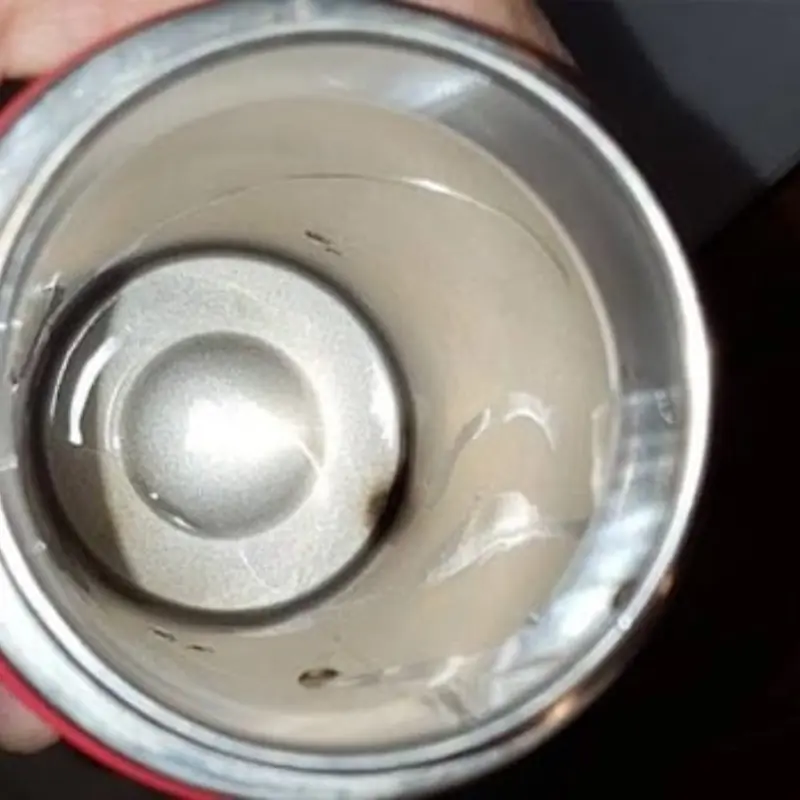
Warning: The Cup Many People Use to Drink Water Every Day Is No Different from “Drinking Poison”
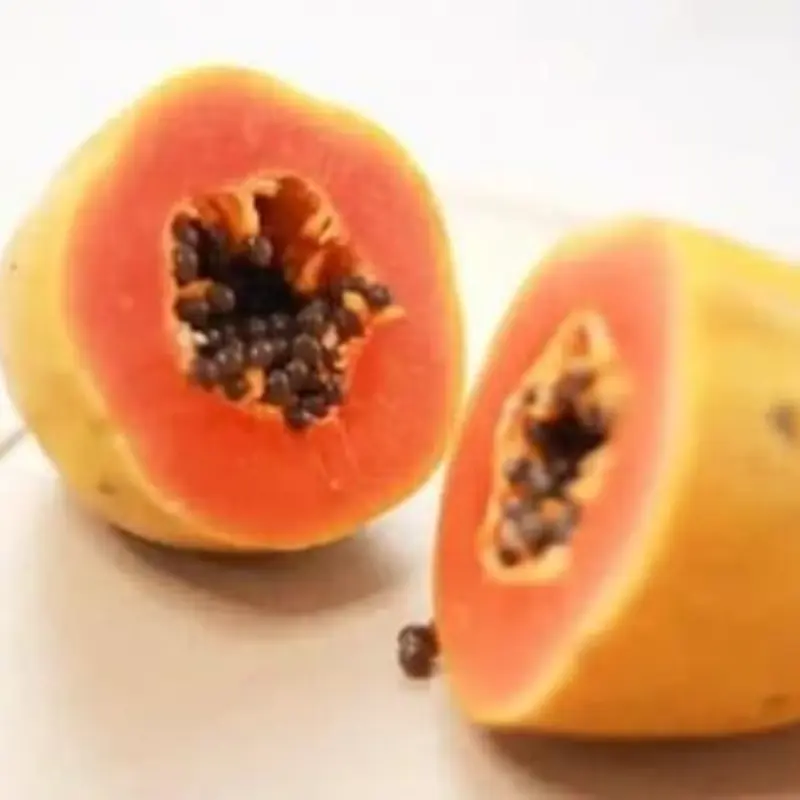
Eat These 5 Foods to Cleanse and Detox Effectively Every Day

5 earliest signs of cer.vical can.cer: 90% of women tend to ignore them
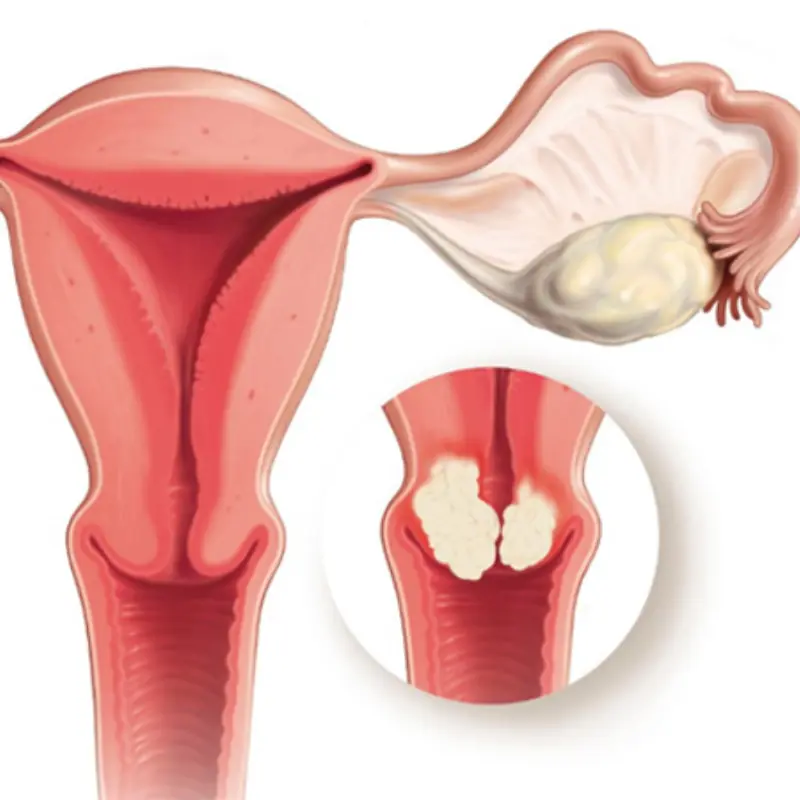
Women Who Frequently Eat These 5 Foods May Be Harming Their Uterus and Feeding Cancer Cells Without Knowing It
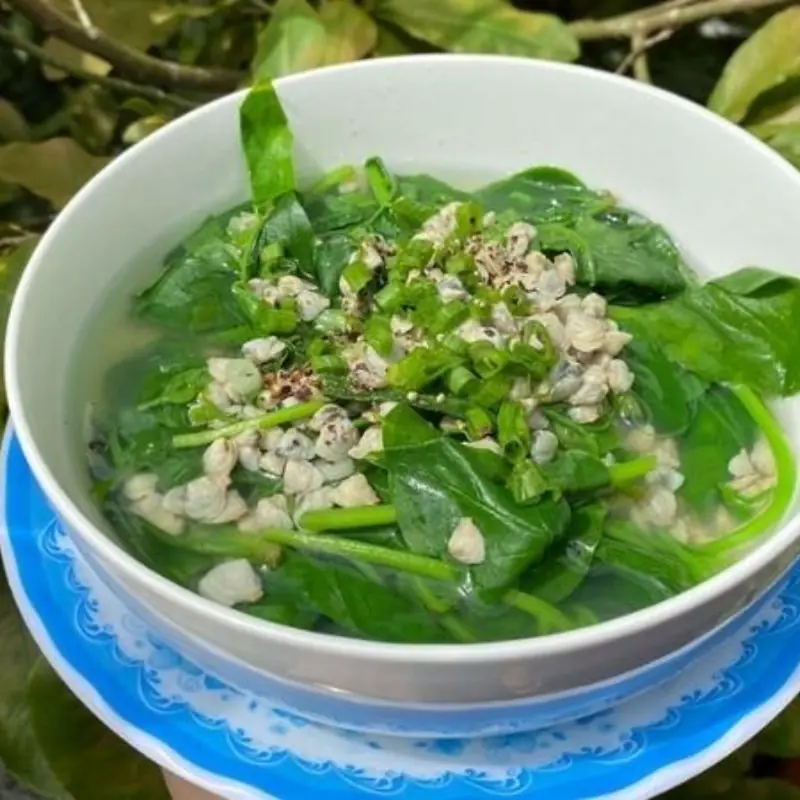
3 Calcium-Rich Vegetables That Are Almost Pesticide-Free

Why do 99% of cats sleep on their left side?
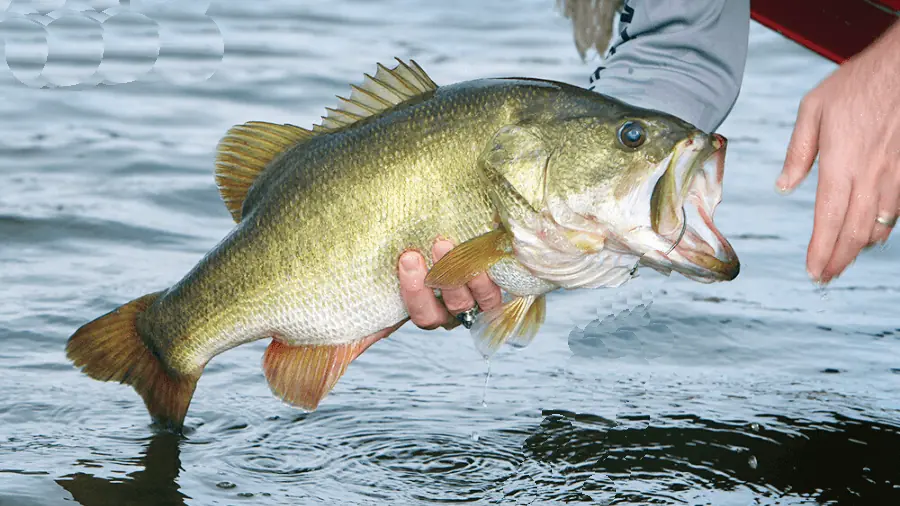
Sweet fish with few bones, better than salmon, delicious like rare fish: Whenever you see it at the market, you have to buy it immediately
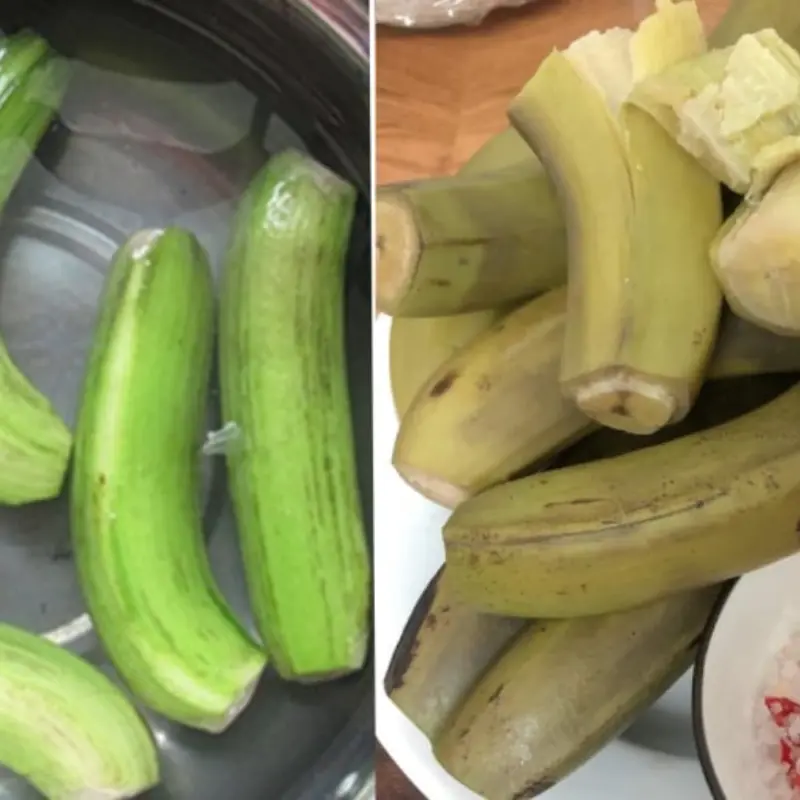
Eating Boiled Green Bananas Regularly Offers 6 Amazing Benefits

4 types of "pesticide-free" fruits and vegetables that are as nutritious as ginseng
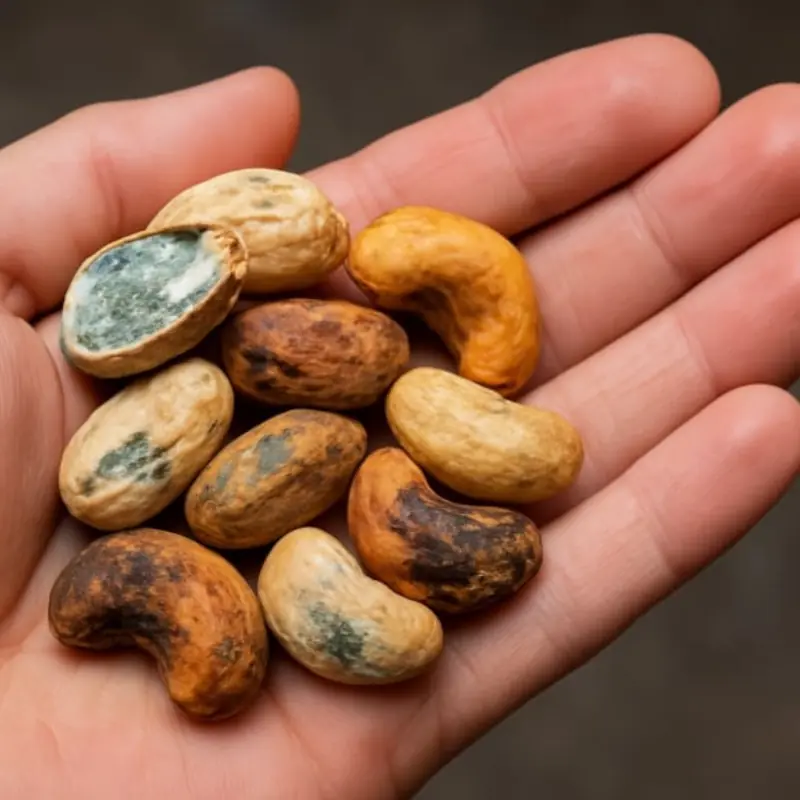
4 Types of Nuts That Seem Healthy but Are Actually Toxic

4 types of vegetables are full of parasites but many people still eat them raw every day

If You See These 7 Types of Fish at the Market, Buy Them Immediately
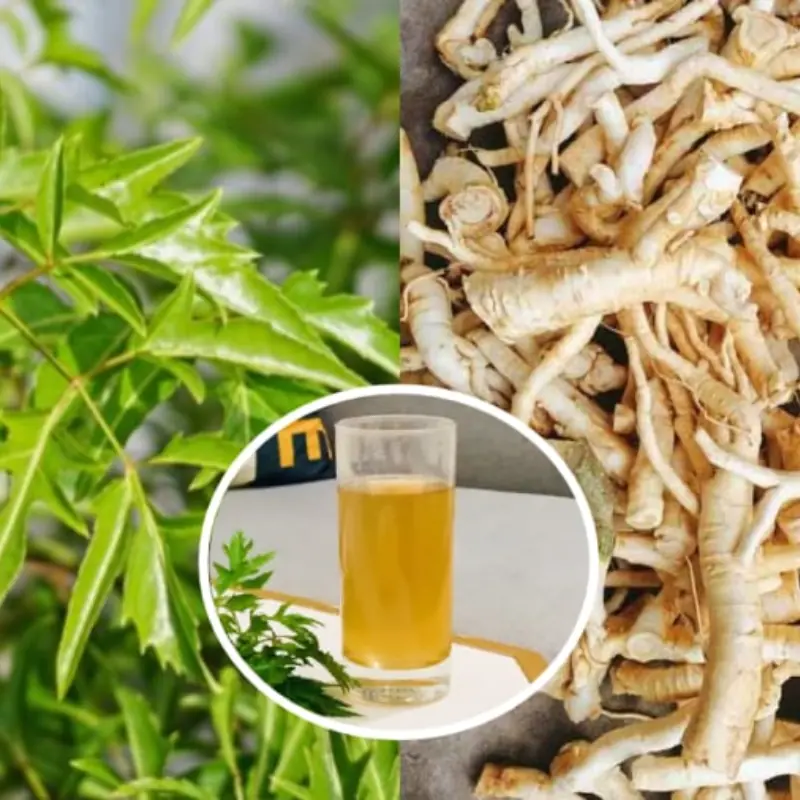
The Benefits of Polyscias Root Water: 3 Groups of People Should Avoid It

The More You Eat These 5 Types of Food, the More Hair You Lose
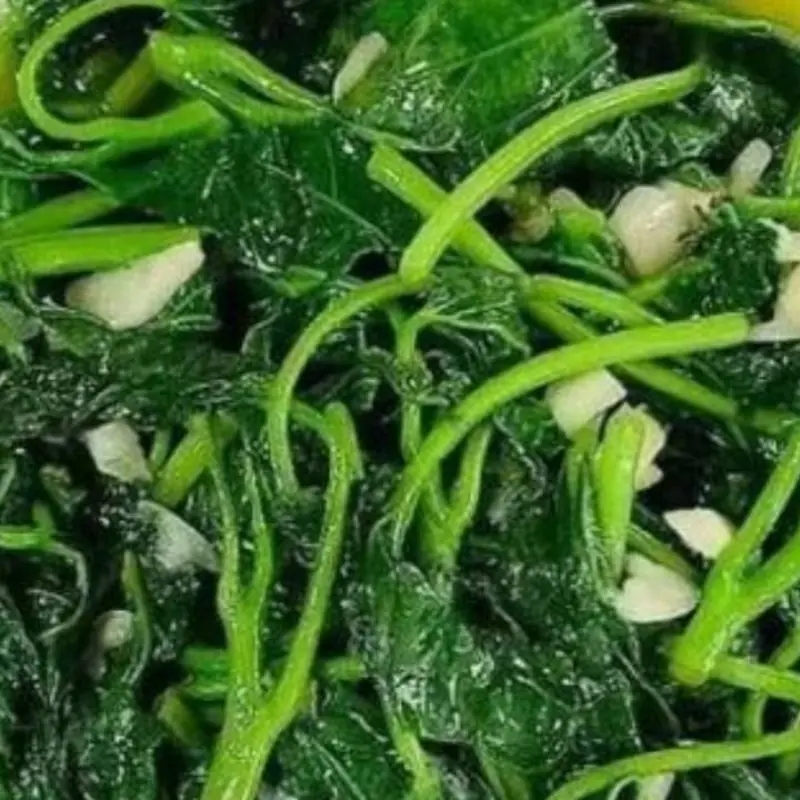
The 'Golden' Food That Effectively Fights Can.cer
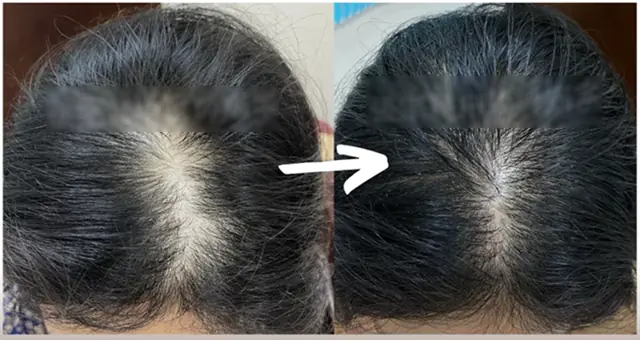
To Prevent Hair Loss and Stimulate Hair Growth, Avoid These Habits
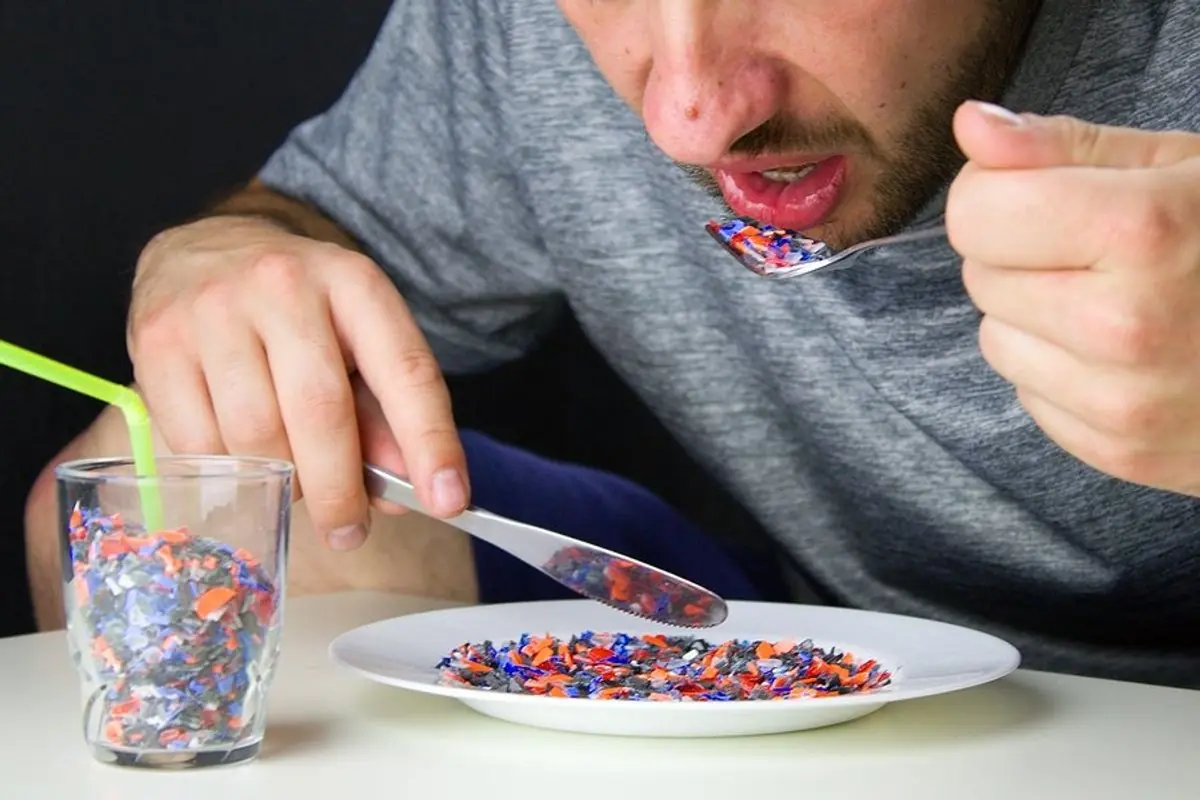
Food contains more than a thousand microplastic particles, 45 times more than bottled water
News Post
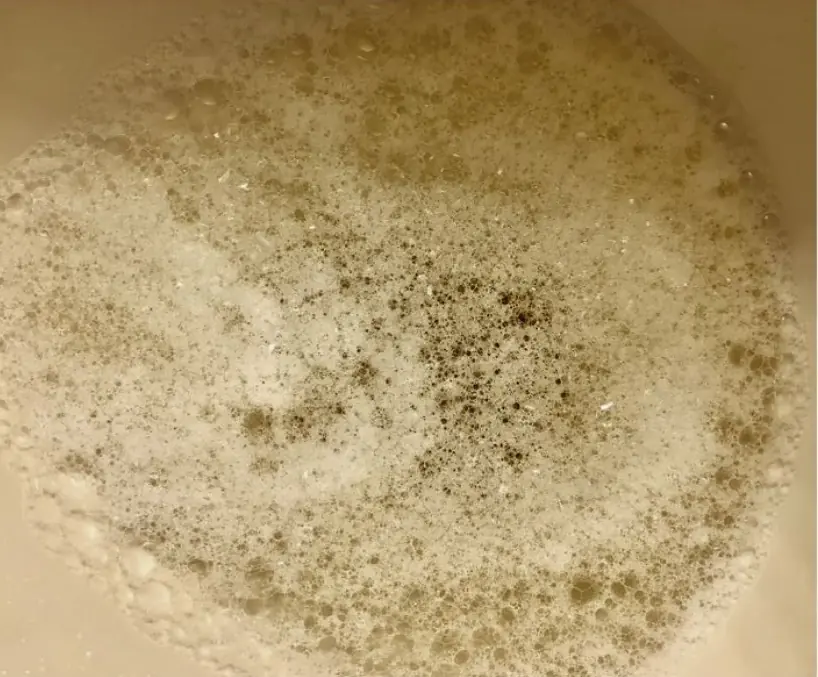
6 Bodily Changes That Are “SOS Signals” From Your Kid.neys Before Can.cer

Does Using Strong Fan Mode on the Air Conditioner Consume More Electricity?
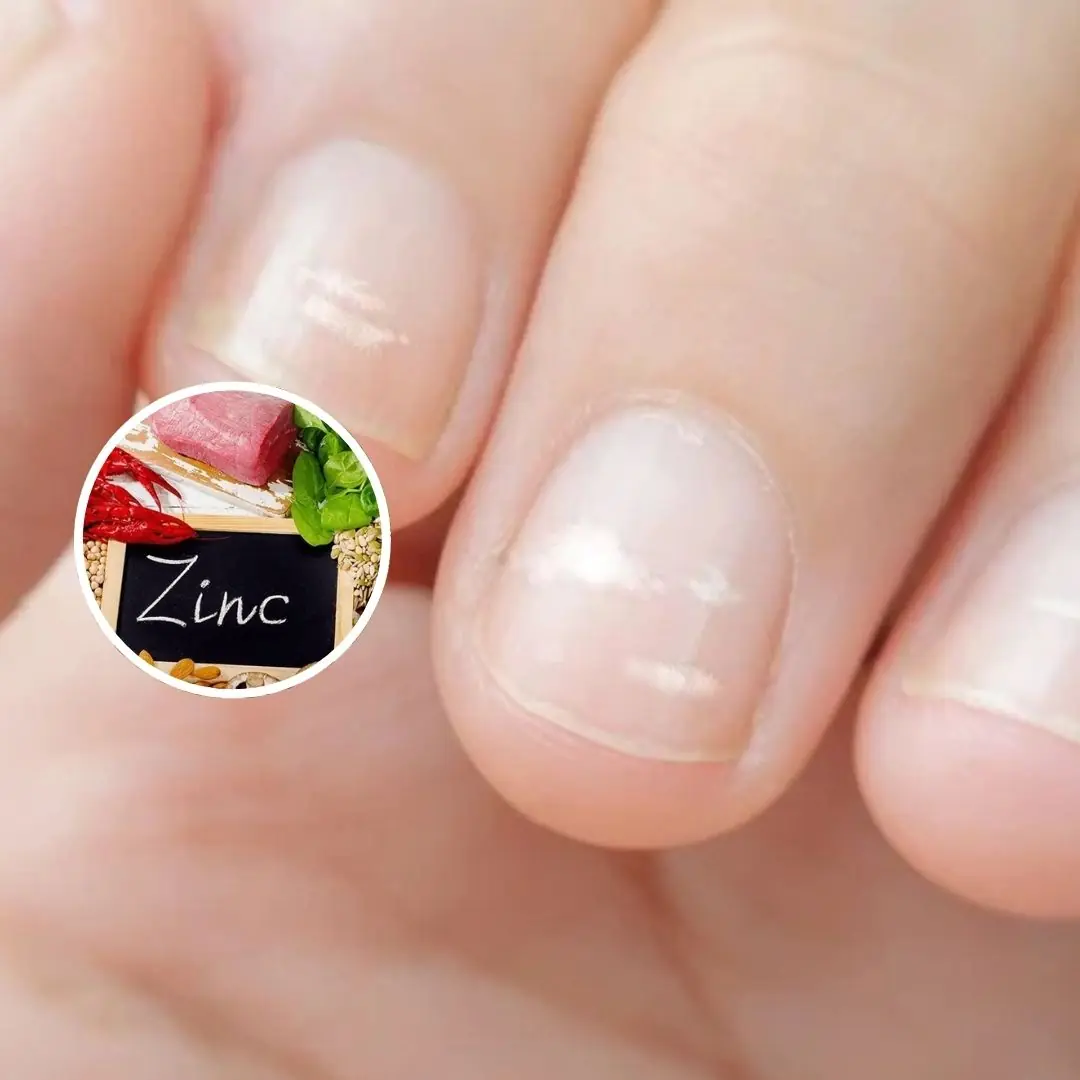
Your Body Might Be Low on Zinc — Here Are 6 Signs to Watch For
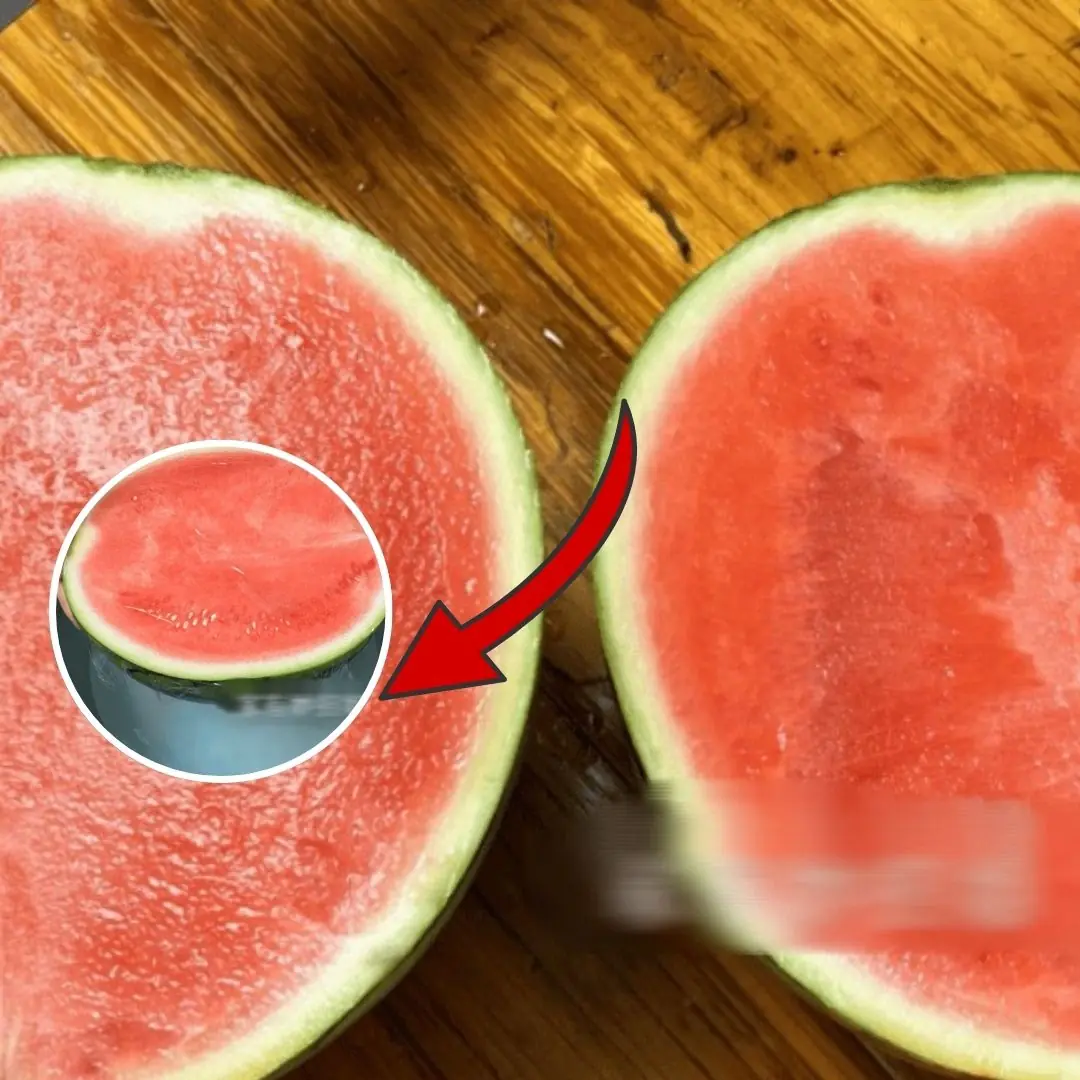
Leftover watermelon in the fridge is not necessarily safe – if not done properly, the risk of bacterial contamination is very high!

Woman gets brain infection after eating refrigerated watermelon

The Unpleasant Truth: 5 Familiar Items That You Think Are Clean But Are NOT, The Dirtiest Is Number 4 That Everyone Uses
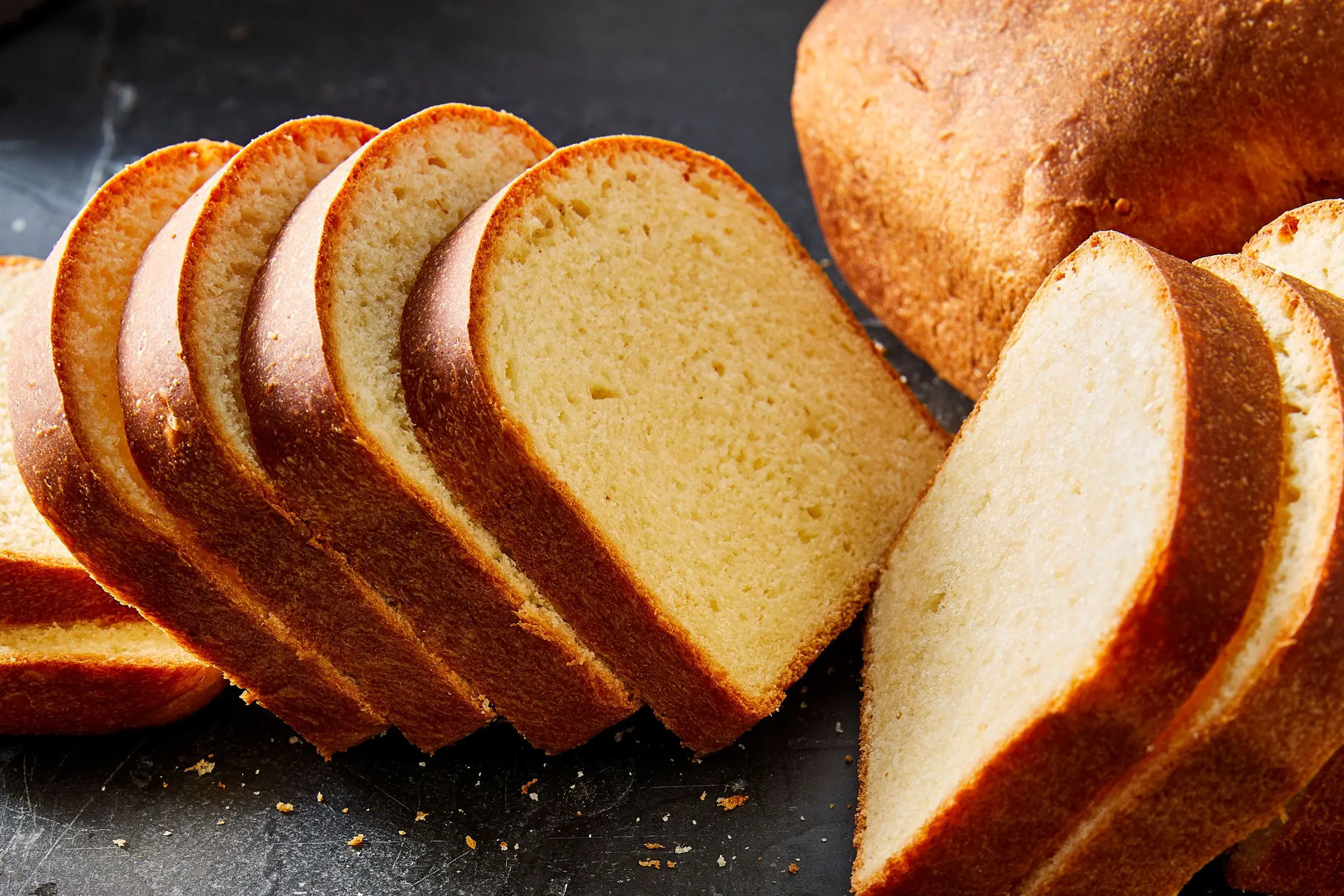
Bread May Be Delicious, But These 5 Groups Should Limit It
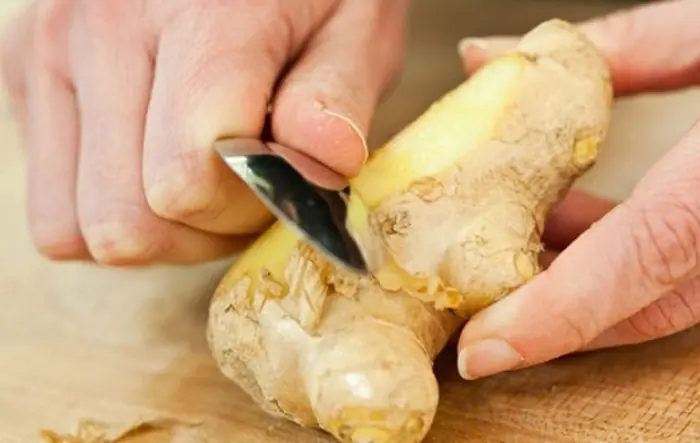
The Surprising Benefits of Ginger Peel

Identifying the “Switch” That Reduces Can.cer Cell Survival by 53%

Just 3 Minutes in the Morning: This Simple Test Can Reveal Hidden He.art Disease

Does mumps in men affect reproductive health?
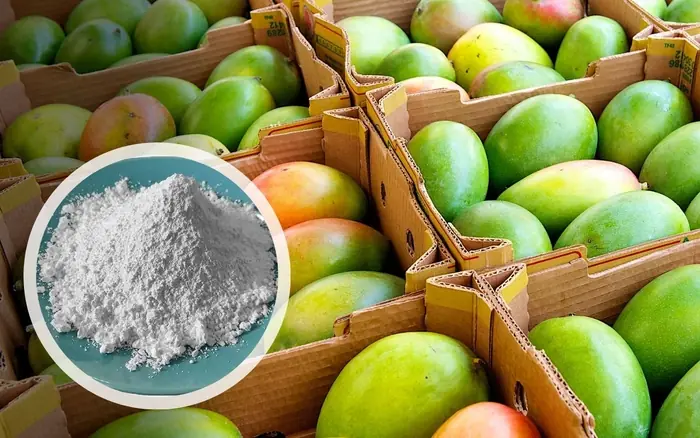
3 Types of Fruit Can.cer Cells “Love”

How to remove phlegm and mucus from chest and throat

Thy.roid Can.cer Is a Silent Threat: 6 Groups of People Are at Higher Risk and Must Be Cautious
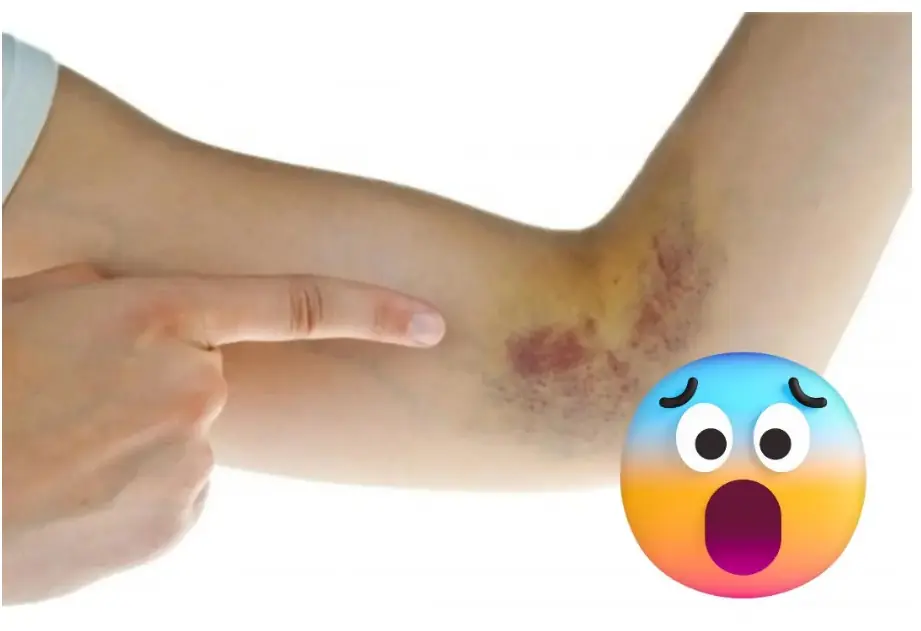
Simple signs to immediately recognize leukemia that you may never notice

Warning: The Cup Many People Use to Drink Water Every Day Is No Different from “Drinking Poison”

Eat These 5 Foods to Cleanse and Detox Effectively Every Day

5 earliest signs of cer.vical can.cer: 90% of women tend to ignore them

Women Who Frequently Eat These 5 Foods May Be Harming Their Uterus and Feeding Cancer Cells Without Knowing It
